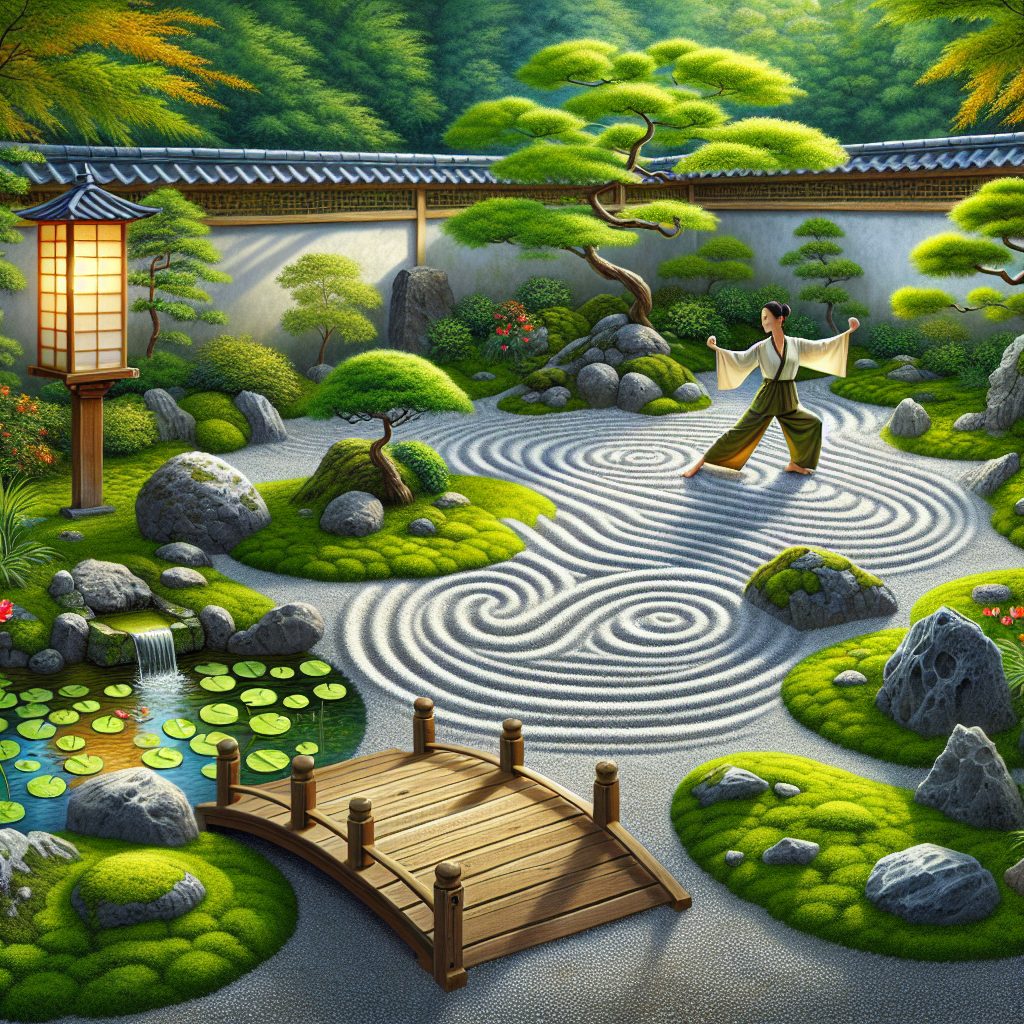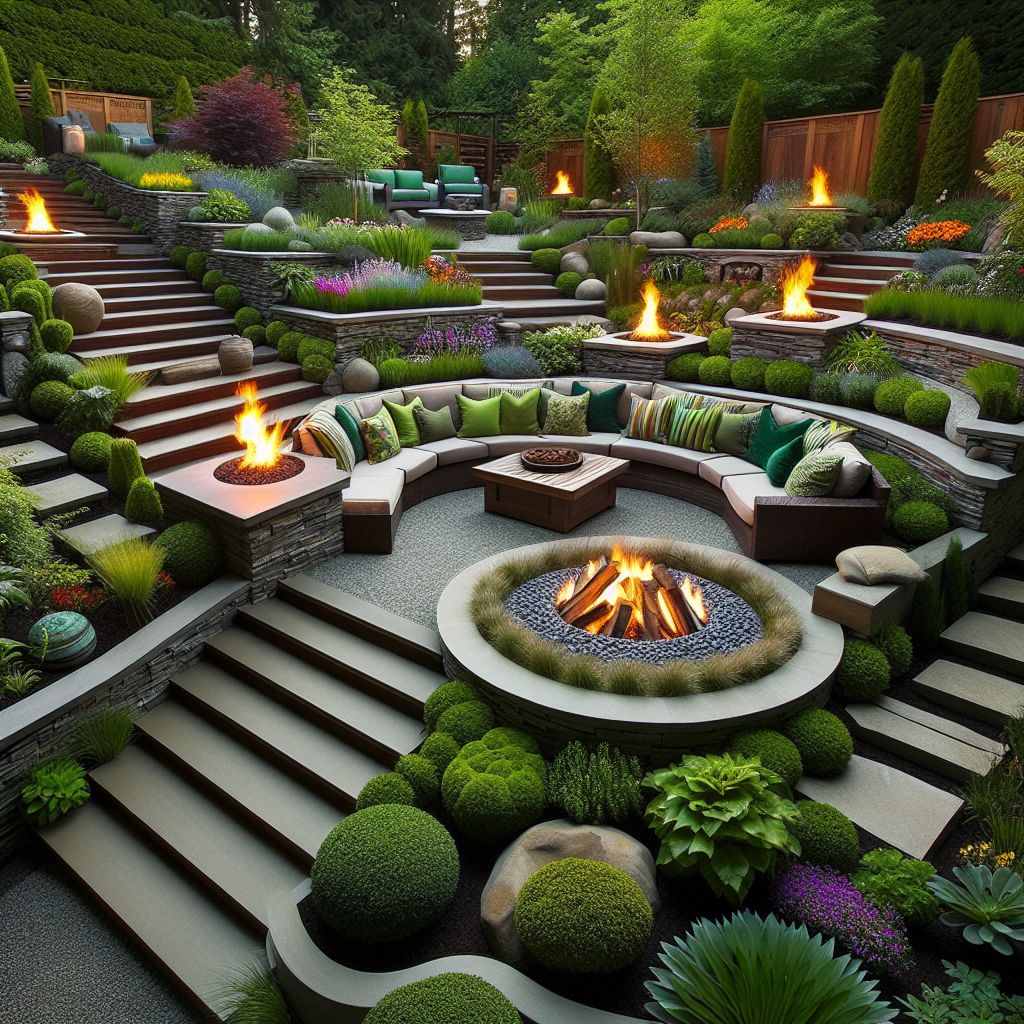Designing a Zen Garden for Relaxation
Creating a Zen garden is a wonderful way to bring tranquility and peace into your outdoor space. With its minimalist design and focus on natural elements, a Zen garden can provide a serene retreat where you can relax and find inner calm. In this comprehensive guide, we will walk you through the step-by-step process of designing and building your own Zen garden. From selecting the perfect location to choosing the right materials, we will cover everything you need to know to create a beautiful and harmonious space for relaxation.
Step 1: Choosing the Location
The first step in designing your Zen garden is to choose the perfect location. Look for an area in your yard that is quiet and secluded, away from the noise and distractions of everyday life. Ideally, the space should receive ample sunlight during the day, but also have some shade to provide relief from the heat. Consider the natural elements surrounding the area, such as trees or rocks, as they can enhance the overall ambiance of your Zen garden.
Once you have identified the location, mark out the boundaries of your garden using stakes and string. This will give you a clear idea of the size and shape of the space you have to work with.
Step 2: Clearing the Space
Before you can start designing your Zen garden, you need to clear the space of any existing vegetation or debris. Remove any grass, weeds, or plants from the area, and use a rake or shovel to level the ground. This will provide a clean canvas for your garden and ensure that the design elements stand out.
Step 3: Creating the Pathways
One of the key features of a Zen garden is its pathways, which symbolize the journey to enlightenment. Start by deciding on the shape and layout of your pathways. Straight lines and gentle curves are common in Zen gardens, as they create a sense of harmony and balance.
Once you have determined the layout, mark out the pathways using stakes and string. Dig a shallow trench along the marked lines, and fill it with gravel or sand. Smooth the surface with a rake or trowel to create a level pathway. Repeat this process for all the pathways in your garden.
Step 4: Selecting the Plants
When choosing plants for your Zen garden, it is important to select those that will create a sense of tranquility and simplicity. Opt for low-maintenance plants that have a calming effect, such as bamboo, Japanese maple, or moss. These plants will add a touch of greenery to your garden without overwhelming the overall design.
Arrange the plants in clusters or along the edges of the pathways, leaving plenty of open space in between. This will create a sense of balance and allow the eye to rest on the natural elements of the garden.
Step 5: Adding Rocks and Stones
Rocks and stones are essential elements in a Zen garden, as they represent mountains and islands in the natural landscape. Choose rocks of different sizes and shapes, and arrange them strategically throughout your garden. Place larger rocks towards the back or sides, and smaller rocks towards the front or center.
In addition to rocks, you can also incorporate stone lanterns, stepping stones, or a small water feature to enhance the overall aesthetic of your Zen garden. These elements will add visual interest and create a sense of harmony with nature.
Step 6: Installing a Water Feature
A water feature can be a beautiful focal point in your Zen garden, providing a soothing sound and a sense of tranquility. Consider installing a small pond, a cascading waterfall, or a simple stone fountain. The sound of flowing water will create a calming atmosphere and help you relax and unwind.
When installing a water feature, make sure to choose a location that is easily accessible and visible from different angles. This will allow you to enjoy the sight and sound of the water from various vantage points in your garden.
Step 7: Adding Decorative Elements
To complete the design of your Zen garden, consider adding some decorative elements that reflect the principles of simplicity and harmony. This could include a meditation bench, a stone statue, or a wind chime. These elements will add a personal touch to your garden and create a space that is truly unique to you.
Step 8: Maintaining Your Zen Garden
Once your Zen garden is complete, it is important to maintain it regularly to ensure its beauty and tranquility. Here are some tips for maintaining your Zen garden:
- Remove any weeds or unwanted plants that may appear in the garden.
- Rake the gravel or sand pathways regularly to keep them clean and level.
- Trim and prune the plants to maintain their shape and prevent overgrowth.
- Clean the water feature regularly to prevent algae or debris buildup.
- Replace any damaged or worn-out elements, such as rocks or stepping stones.
By following these maintenance tips, you can ensure that your Zen garden remains a peaceful and serene retreat for years to come.
Conclusion
Designing a Zen garden for relaxation is a rewarding and fulfilling project that can transform your outdoor space into a peaceful sanctuary. By carefully selecting the location, choosing the right plants and materials, and maintaining the garden regularly, you can create a space that promotes tranquility and inner calm. Whether you use your Zen garden for meditation, yoga, or simply to unwind after a long day, it will undoubtedly become a cherished part of your home.






